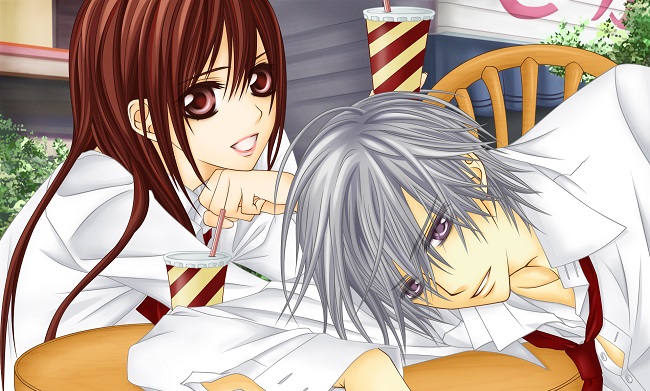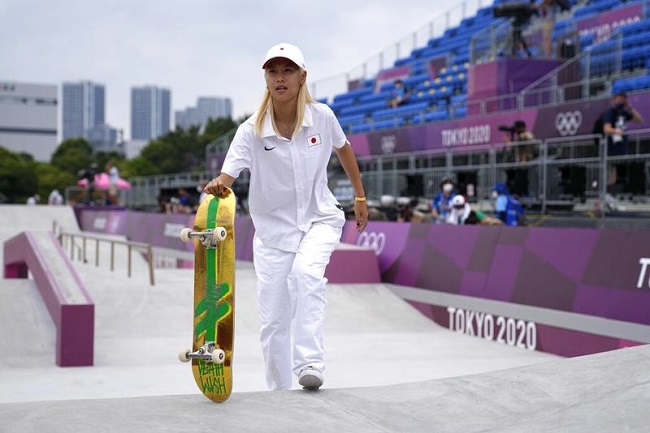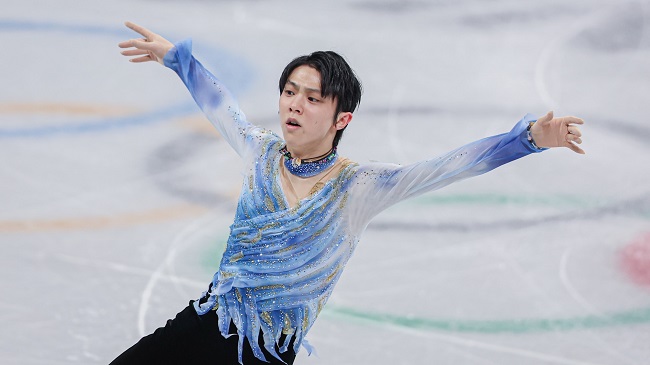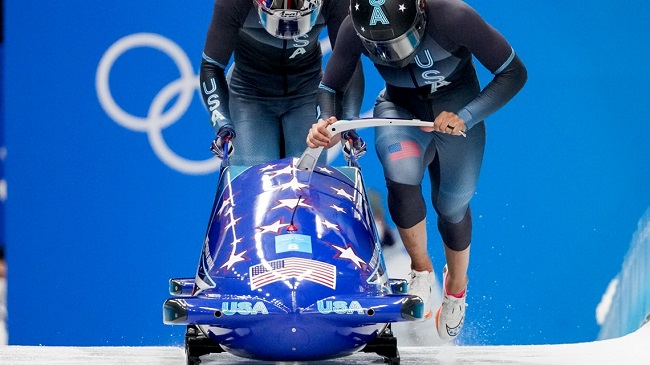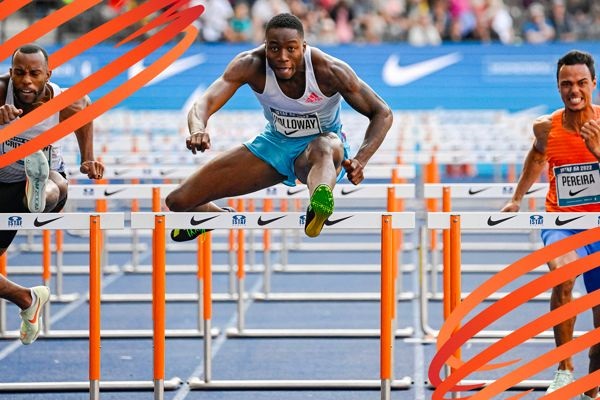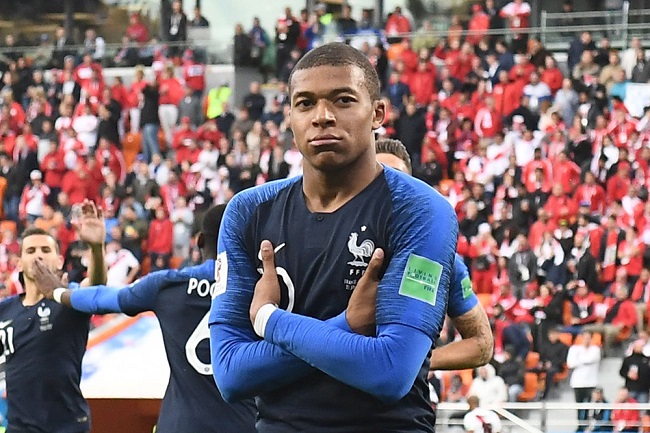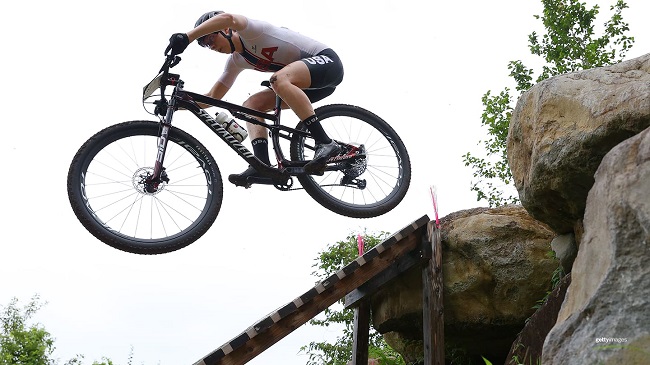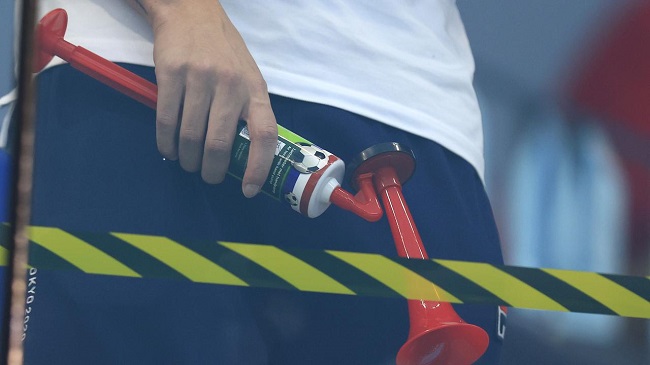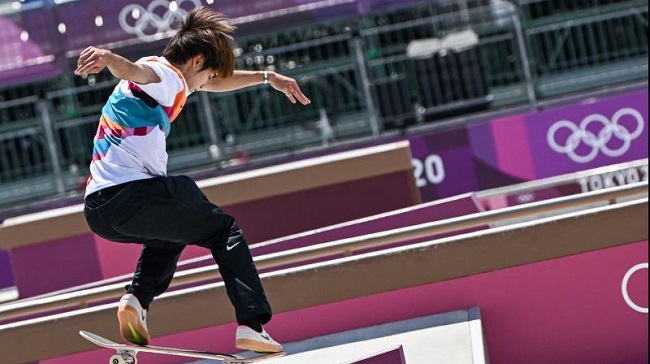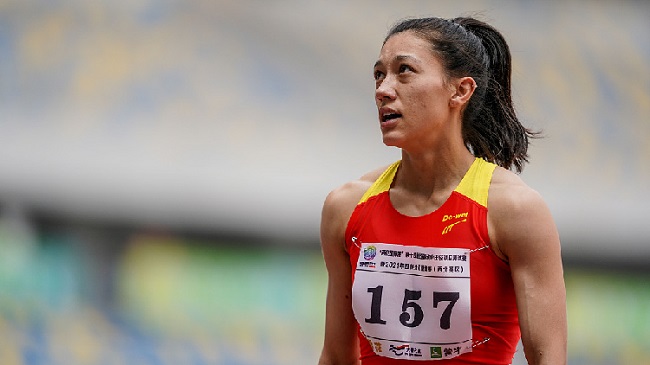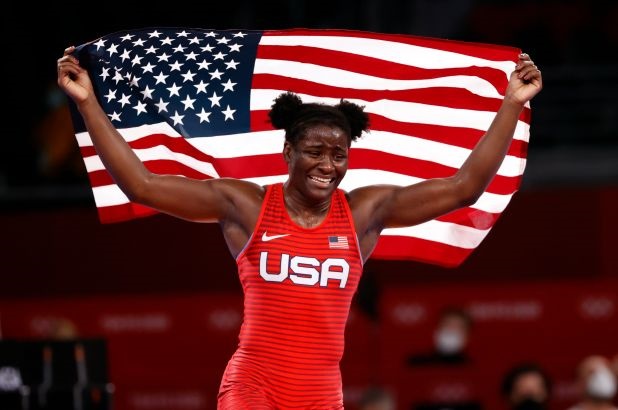How Long Does a Tennis Match Typically Last? Several variables affect how long a tennis match will last.
From the quality of the opposition to the state of the court to the elements. All these factors contribute to determining whether a match will go on for six hours or be over in an hour.
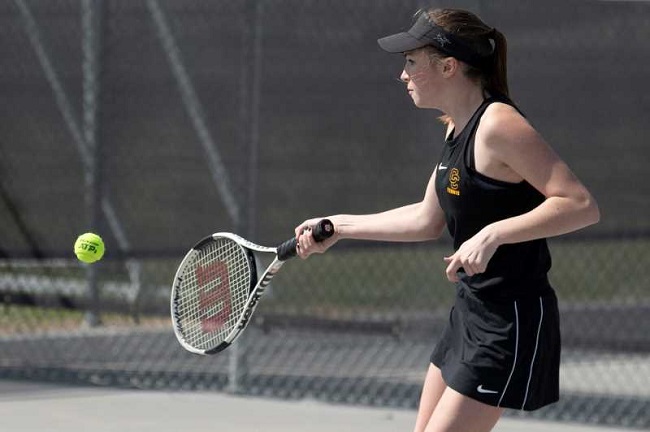
How Long Do Tennis Matches Last
1) Opponents
The length of a tennis match is primarily dependent on the level of competition between the two players. This could lead to an exhausting stalemate or a complete rout.
A match between a higher-ranked player who isn’t playing well that day and a player much lower in the rankings who has nothing to lose can often turn into a classic.
It’s easy to think of examples like Djokovic vs. Simon at the 2016 Australian Open, where Novak made over 100 unforced errors but still won in 5 crazy sets.
When Federer faced Falla at the 2010 Wimbledon Championships, the lower rated lefty gave him quite a scare by taking the match to three sets.
It’s not always a player’s rating or reputation, but rather their form on that particular day, that decides the outcome of a match.
2) Weather
Tennis matches have often gone on for longer than planned due to inclement weather. Because of the strict scheduling of grand slam tournaments, rain delays have caused some matches to go on for several days.
A match’s duration can be affected by anything, even strong wind. When the going gets tough, the smart players play more conservatively, striking the ball higher over the net and at a slower tempo. This causes rallies to last longer and matches to go on longer.
3) Surface
The typical duration of a match can be affected by the type of court surface used.
If the court surface is exceptionally fast, like an indoor hard court or a grass court, the ball will bounce lower and move faster, favouring shorter points.
Players with huge serves, big groundstrokes, and a willingness to come into the net to finish points are favoured by this strategy. Because of this, the points on such surfaces tend to be shorter.
When playing on a particularly slow surface, like clay, the ball bounces higher and moves through the court less quickly, allowing players to cover more ground by sliding around the court and playing with more margin for error, which in turn tends to extend the length of the rallies. Since this is the case, games take longer than they would on, say, a grass court.
Last Words
Thanks for reading our article How Long Do Tennis Matches Last. Continue reading and have a good day.





